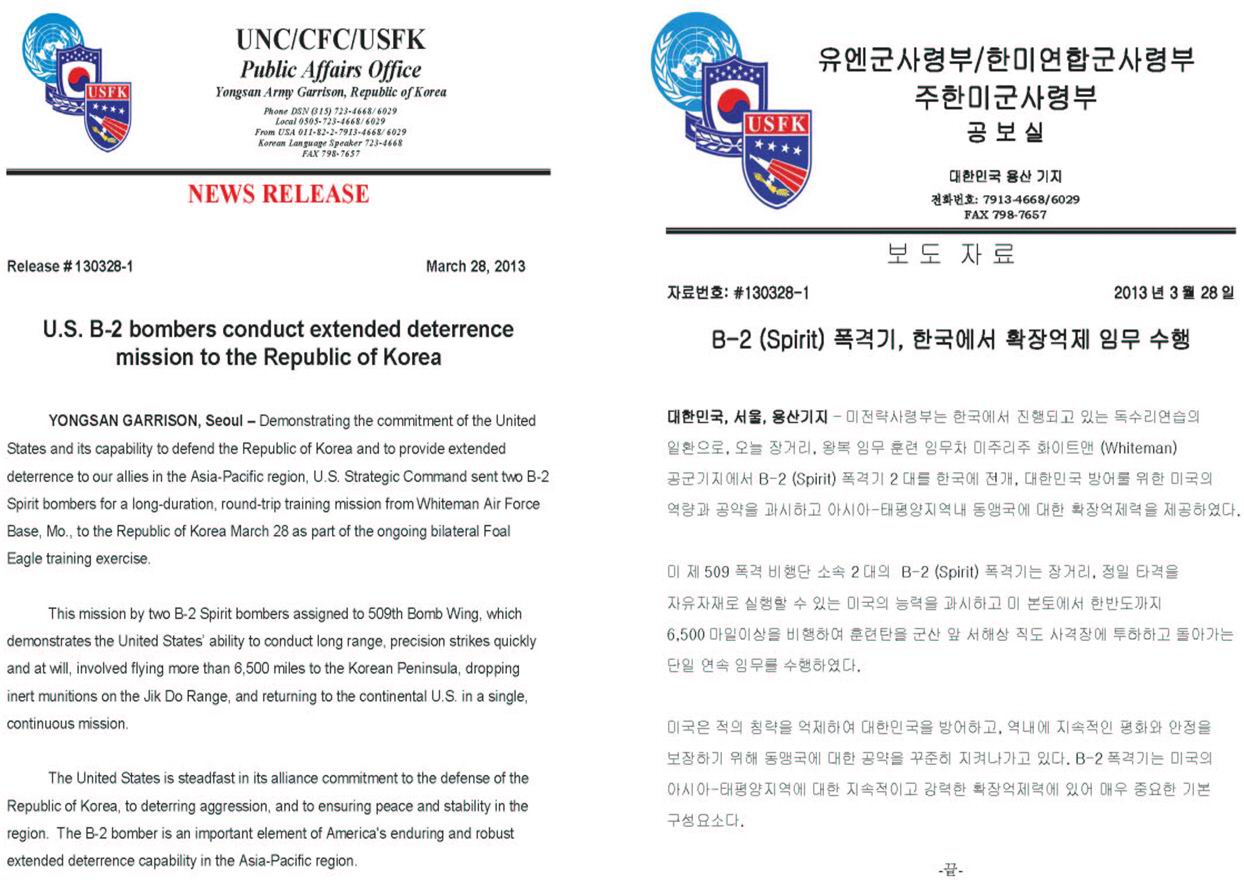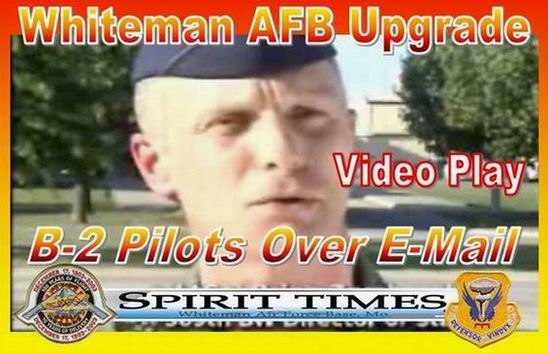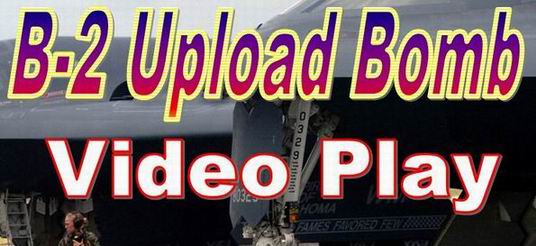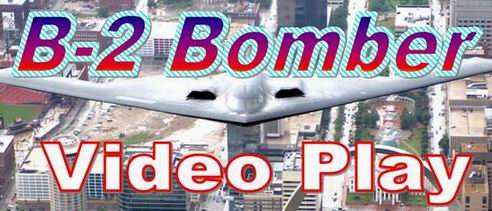509th Bomb Wing 3/22/2013
WHITEMAN AIR FORCE BASE, Mo.
In a historic coincidence, this third week
of March marks not just one anniversary, but the anniversary of three separate
combat engagements by the B-2 Spirit Bomber.
The first occurred 14 years ago, when B-2 bombers
flying from Whiteman AFB were the first manned aircraft to engage in hostilities
during Operation Allied Force on March 24, 1999. Operation Allied Force
was a NATO military operation launched to force Yugoslavia's president,
Slobodan Milosevic, to end a campaign of violence by Serbian forces against
the people of Kosovo.
Ten years ago, B-2 s operating from Whiteman
Air Force Base and other forward locations participated in the opening
salvos of Operation Iraqi Freedom, dropping dozens of bombs on high-value
targets in Baghdad on March 20, 2003. Operation Iraqi Freedom marked the
highest-intensity bombardment ever conducted by B-2s, with the aircraft
dropping over a million pounds of ordnance during the opening days of the
war.
Finally, and most recently, three B-2s took
off from Whiteman AFB on March 22, 2011 and flew more than 6,000 miles
to Libya, where they took part in Operation Odyssey Dawn, a NATO operation
to enforce a UN no-fly zone to prevent Muammar Gaddafi from using his air
forces to attack civilians. The aircraft destroyed a series of hardened
aircraft shelters at an airfield near Sirte, and resulted in the nearly
complete destruction of Gaddafi's air forces.
All three anniversaries highlight the enduring
contributions of the B-2 Spirit to our nation's defense, according to Brig.
Gen. Thomas Bussiere, commander of the 509th Bomb Wing.
"This year we celebrate the 20th anniversary
of the arrival of the B-2 at Whiteman Air Force Base, and this week we
commemorate three of the B-2's four combat employments," Bussiere said.
"In Serbia, Libya and Iraq, we saw professional Airmen flying from bases
around the world to successfully destroy targets with pinpoint precision.
The B-2's ability to enter the most restricted airspace in the world, attack
critical targets, and then fly home, is unmatched in any other air force
in the world. Our people deserve to be proud of the outstanding missions
they contributed to in each of these conflicts."
This year also marks the 20th anniversary of
the delivery of the first B-2 Spirit, the Spirit of Missouri, to Whiteman
Air Force Base on Dec. 17, 1993. Air Force Global Strike command has designated
2013 as the "Year of the B-2," and throughout the year the wing will be
marking a variety of important dates in the B-2 program. |


























